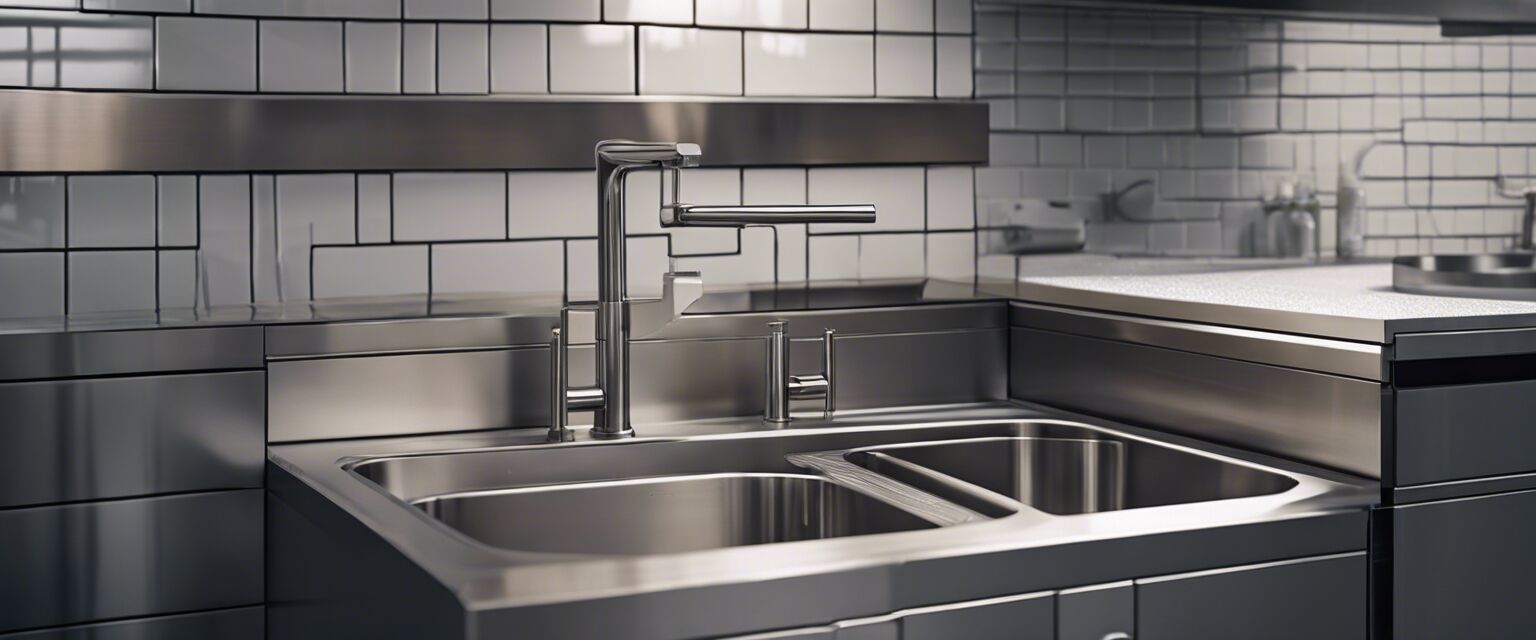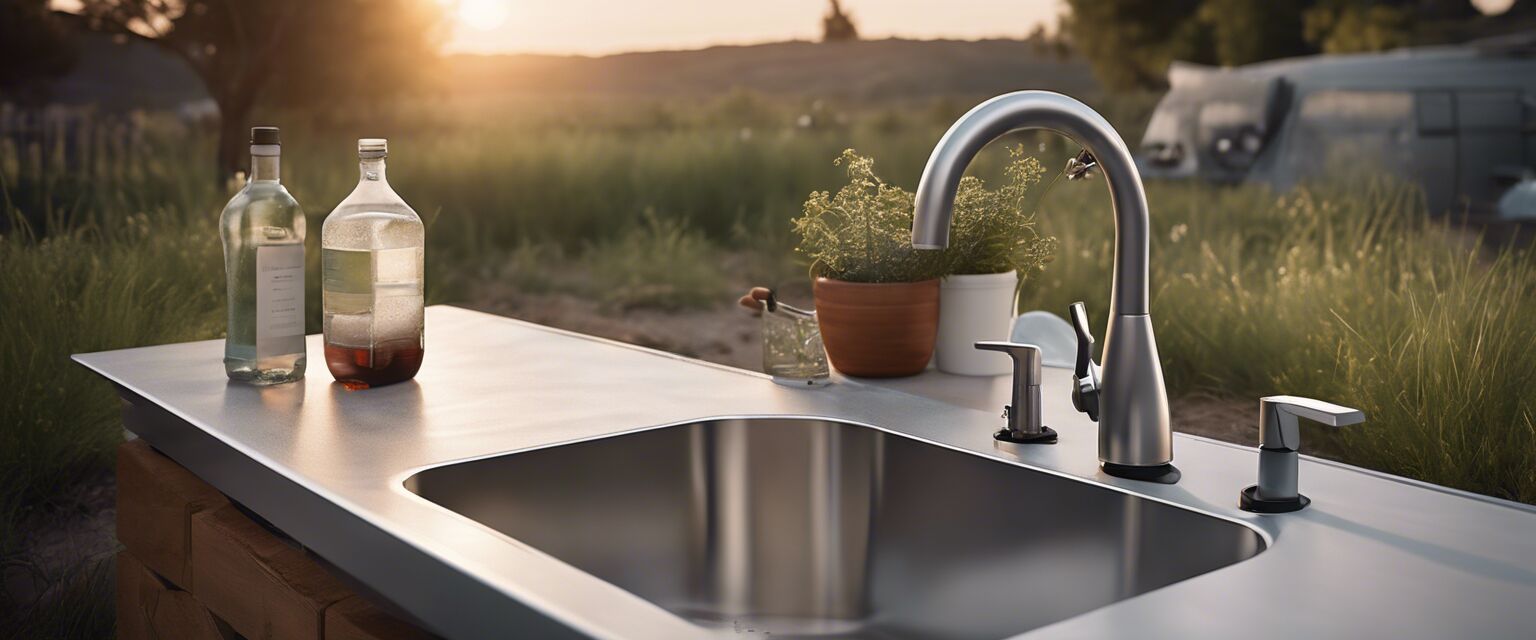
Mop sinks
Key Takeaways
- Mop sinks are essential for maintaining hygiene in commercial kitchens.
- They come in various materials and sizes to suit different needs.
- Proper installation and maintenance are crucial for longevity.
- Investing in a quality mop sink can save time and money in the long run.
Mop sinks play a vital role in the sanitation of commercial and industrial kitchens. These sinks are designed specifically for cleaning mops and other cleaning tools, ensuring that your kitchen remains hygienic and compliant with health regulations. In this article, we will explore the features, benefits, and considerations of mop sinks.
What is a mop sink?
A mop sink, also known as a service sink, is a large basin used primarily for the cleaning of mops, wet mops, and other cleaning equipment. These sinks are typically found in commercial kitchens, schools, and other institutional facilities. They are designed to handle larger volumes of water and heavy-duty cleaning tasks.
Common features of mop sinks
- Durable materials, such as stainless steel or plastic.
- Large basin capacity to accommodate mops and buckets.
- Drainage systems to prevent water accumulation.
- Optional faucets and sprayers for added convenience.
Types of mop sinks
When it comes to mop sinks, there are several types available, each catering to different needs and preferences. Below is a comparison of the most popular types:
| Type | Material | Size | Features |
|---|---|---|---|
| Wall-mounted mop sink | Stainless Steel | Small to Medium | Space-saving, easy to install |
| Drop-in mop sink | Plastic/Stainless Steel | Medium to Large | Versatile, suitable for various countertops |
| Floor-mount mop sink | Stainless Steel | Large | Heavy-duty, ideal for high-traffic areas |
| Combination sink | Stainless Steel | Medium | Includes additional compartments for washing hands or utensils |
Benefits of using mop sinks
Investing in a mop sink offers several advantages for commercial kitchens:
- Improved hygiene: Mop sinks help maintain a clean environment by providing a designated area for cleaning tools.
- Compliance: Many health codes require the installation of mop sinks in commercial kitchens.
- Durability: Most mop sinks are made from high-quality materials that can withstand heavy use.
- Convenience: Having a dedicated sink for cleaning can streamline kitchen operations.
Installation considerations
When installing a mop sink, there are several factors to keep in mind:
- Location: Choose a location that is easily accessible but does not obstruct foot traffic.
- Drainage: Ensure proper drainage to avoid flooding and water accumulation.
- Utilities: Make sure plumbing and water supply can accommodate the sink.
- Compliance: Check local health codes for requirements regarding mop sinks.
Maintenance tips for mop sinks
Maintenance Tips
- Regularly clean the sink with disinfectants to prevent buildup.
- Inspect plumbing for leaks or clogs.
- Ensure drainage systems are functioning properly.
- Check for any signs of wear or damage, especially on the faucets and sprayers.
Conclusion
Mop sinks are an indispensable part of any commercial kitchen, ensuring cleanliness and compliance with health regulations. By understanding the different types available and their benefits, you can make an informed decision when selecting a mop sink for your facility. For more information about various sinks and their applications, check out our other product categories:
Pros
- Enhances hygiene in commercial kitchens.
- Complies with health regulations.
- Durable and long-lasting materials.
- Convenient for cleaning large equipment.
Cons
- Can take up valuable space in smaller kitchens.
- May require professional installation.
- Higher upfront cost compared to standard sinks.
Images of Mop Sinks











